Quandary Peak

Rugged ridgeline hike to the top of one of Colorado's more accessible 14ers.
Severe Hiking
- Distance
- 11 km
- Ascent
- 1 km
- Descent
- 1 km
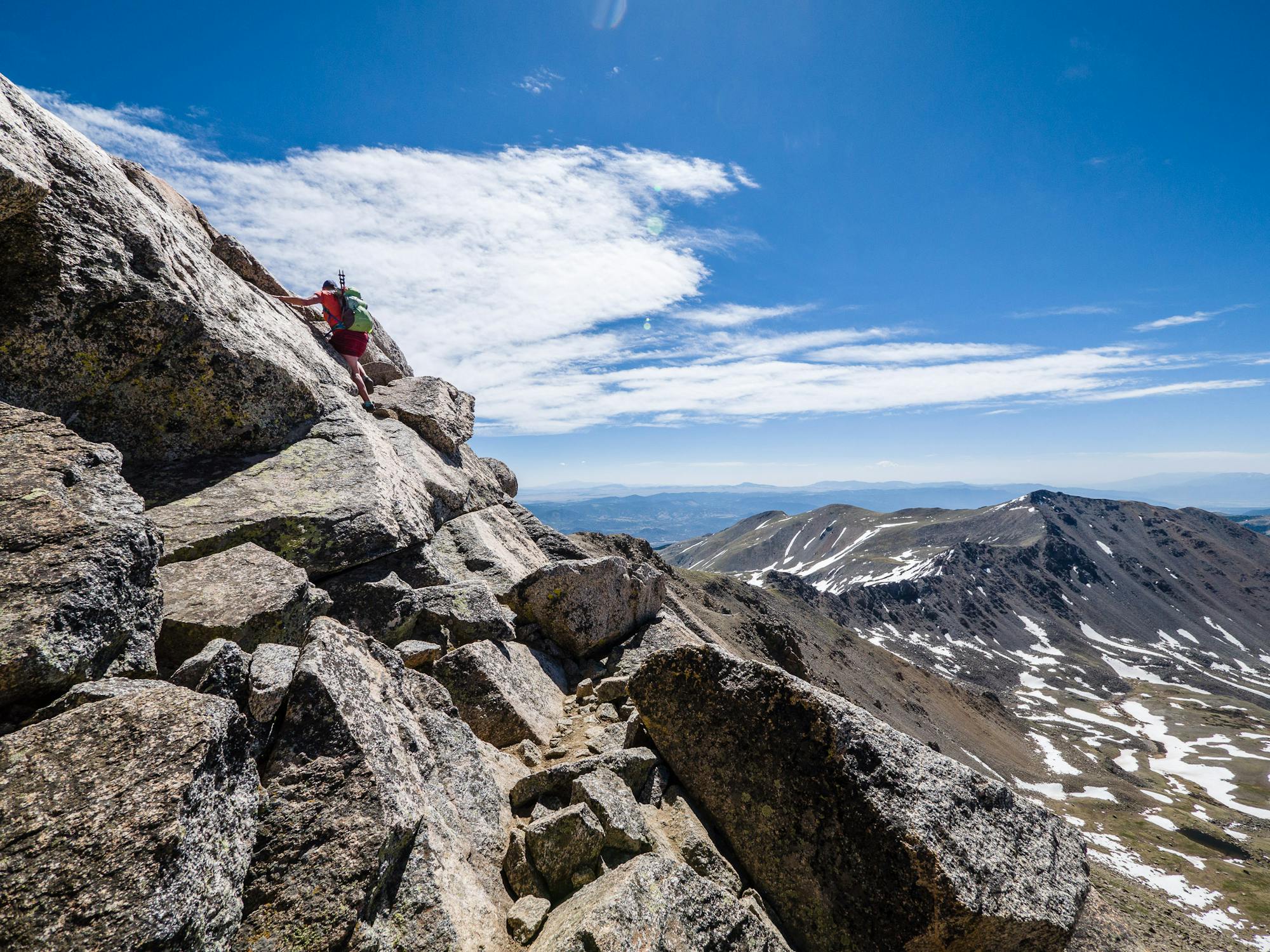
An exhaustive list of all 58 of Colorado's 14,000-foot peaks.
Alpine Climbing, Hiking Easy, Moderate, Difficult, Severe

Colorado's soaring mountain peaks scrape the bright blue dome of the sky, boasting some of the highest elevations on the continent. Sitting on top of a lofty 14er summit feels both physically and emotionally like being on top of the world! You'll have the opportunity to slowly examine the landscape below you from an uncommon vantage point: smaller mountain peaks, lakes, trees, rivers, roads, and towns spread out like a map. With the rest of humanity so far below you, the problems of the world often seem utterly insignificant. This euphoric feeling is bolstered by an exhilarating rush from the aerobic effort of the climb… and the lack of oxygen reaching your brain.
While sure, Mount Whitney in California claims the title of "highest mountain in the Lower 48," the state of Colorado boasts the most mountains over 14,000 feet, with some 58 peaks. This lengthy list of lofty summits has become a bonafide bucket list for thousands of Coloradans, and even mountaineers from around the world. Checking off all 58 14ers is a popular goal—you'll realize just how popular as you hike in a train of climbers making for the summit on any given mid-summer day. While many would argue that these summits are now much too popular for their own good, the mind-blowing alpine views and the sensation of truly being on top of the world keep climbers coming back again and again.
While the 58 14ers listed in this guidebook might seem to organize into a nice, neat list, there's actually a substantial amount of debate about which mountain peaks truly qualify as official 14ers. Mountains are generally differentiated from each other based on rules of topographic prominence. The question that the rule of topographic prominence answers is, "is this peak its own mountain, or is it merely a sub-peak of a different mountain?" To determine topographic prominence, you must measure "how high a mountain rises above its highest connecting saddle to a higher mountain," according to Josh Friesema on OutThereColorado.com. "A generally accepted rule in Colorado is that a point must have at least 300 feet of prominence to be considered a separate peak," he continues. Mount Cameron, for example, only has 138 feet of topographic prominence from Mount Lincoln. Since Mount Lincoln is higher, "Cameron does not meet the rule of being its own summit," Friesema concludes.
Whether you subscribe to the shorter list of 54 or a more permissive list of 58 summits, you'll find all the 14ers right here in this guidebook!
As you prepare to climb your first (or maybe even 58th!) 14er, remember that "there's no such thing as an easy 14er." Some of the mountains in this guidebook are less technical and have shorter approaches, and other mountains are dramatically more technical or may even require a multi-day adventure to complete. But regardless of the supposed difficulty, remember that every single mountain peak should be approached with an abundance of caution.
"Mountaineering in Colorado can be very dangerous, and many people have died on the 14ers," writes 14ers.com. Hazards include, but are not limited to: lightning strikes, exposure (including hypothermia), altitude sickness, dehydration, falling from exposed cliffs and boulders, and so much more.
One of the major hazards that you must constantly be aware of while climbing a 14er is the weather. Thunderstorms will build quickly in the mountains on most summer afternoons. Lightning strikes are one of the most deadly forces above treeline in Colorado, so it's paramount that you return below treeline before the storms build. This means that you'll often need to start your hike very early in the morning.
According to 14ers.com, "I usually plan for a start early enough to get me below treeline by noon (on the descent). For a day hike that requires 10-15 miles roundtrip, consider hitting the trail a couple of hours before sunrise." While this is a great rule of thumb, note that storms can and do build earlier in the day. If the skies look dangerous, it's always best to turn around and play it safe. Remember: when you reach the summit, your hike is only half over.
Climbing Colorado's lofty mountain peaks is one of the most fulfilling outdoor pursuits in the country! The feeling of satisfaction from this incredible accomplishment is impossible to beat! But this satisfaction comes from the challenge of the climb and the difficulty inherent in climbing 14ers. Make smart choices, climb within your abilities, and always be willing to turn around so that you can live to climb another day.
Sources: 14ers.com OutThereColorado.com

Rugged ridgeline hike to the top of one of Colorado's more accessible 14ers.
Severe Hiking
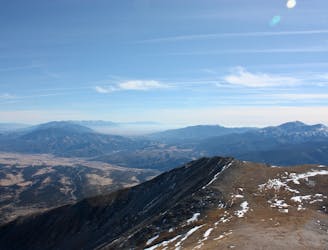
One of the most easily-accessible trailheads in Chaffee County leads to two of Colorado's famous 14ers.
Easy Alpine Climbing

Buena Vista's backyard 14er offers a challenging climb with a rewarding summit view.
Easy Alpine Climbing

The most scenic and adventurous route to the summit of Mount Antero.
Easy Alpine Climbing
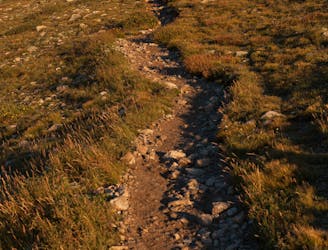
A climb to the summit of the most visibly-impressive 14er in Chaffee County.
Easy Alpine Climbing
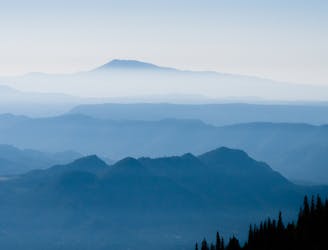
Avoid the crowds and utilize route finding skills by trekking the East Ridge route to summit 14,073' Mt. Columbia.
Easy Alpine Climbing
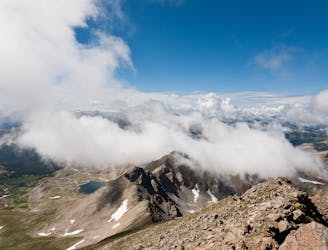
This 14-mile roundtrip hike to the 14,420' summit of Mt. Harvard, complete with a final scramble up the summit-block, is truly a top-notch 14er experience!
Easy Alpine Climbing

An autumn backpacking excursion in Missouri Gulch is the best way to experience the splendor of 14,067' Missouri Mountain.
Easy Alpine Climbing
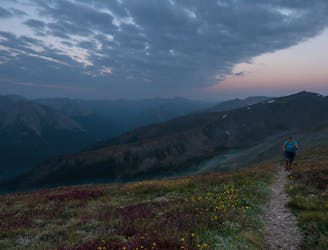
At 14,433', Mt. Elbert is the tallest mountain in Colorado, and second tallest in the lower 48 states, making its summit a much sought-after destination.
Severe Hiking
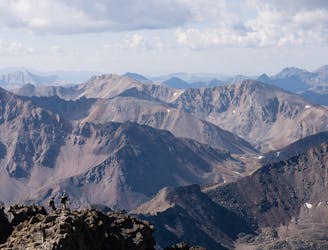
The Southwest Slopes route is the perfect way to summit 14,421' Mt. Massive: short, steep and secluded.
Severe Hiking

14,005' Mount of the Holy Cross stands alone as the farthest north 14er in the Sawatch Range.
Easy Alpine Climbing

Escape the crowds and climb this popular 14er, known for its beauty, by hiking the Grouse Gulch route to 14,048' Handies Peak.
Severe Hiking
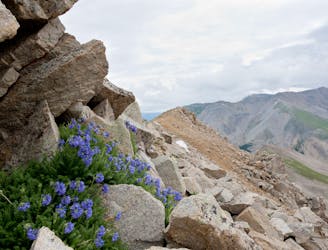
Second lowest in stature, 14,003' Huron Peak is second-to-none in sheer beauty.
Severe Hiking
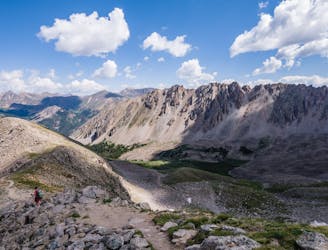
14,336-foot La Plata Peak's Northwest Ridge Route may be the “standard” route, but it is certainly an above average hike!
Easy Alpine Climbing
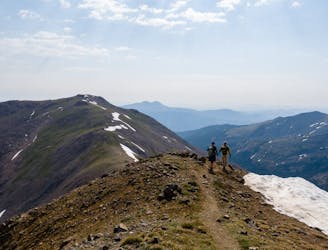
Two 14er summits, a beautiful pass, and 6,146' elevation gain over 12.2 miles is a wonderful way to spend a day in the Sawatch Range.
Severe Hiking

Standard route up the Challenger Point and Kit Carson 14ers outside of Crestone, CO.
Moderate Alpine Climbing
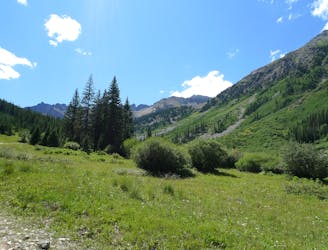
The highest and most accessible summit in the Elk Range, but still a strenuous and potentially dangerous hike.
Easy Alpine Climbing
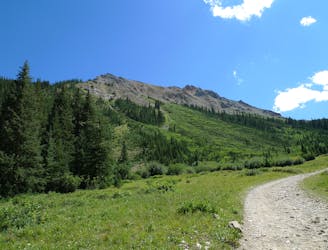
Difficult hike to the top of a 14,000-foot subpeak of Castle Peak.
Easy Alpine Climbing

A two- or three-day mission to summit one of the most remote 14ers in Colorado, requiring snow travel and Class 3 scrambling with exposure.
Moderate Alpine Climbing
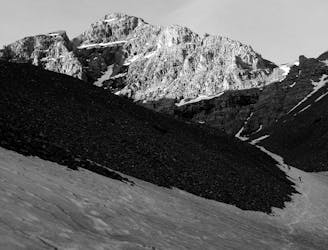
14,000-foot summit requiring huge elevation gain and steep scrambling with wild exposure.
Difficult Alpine Climbing
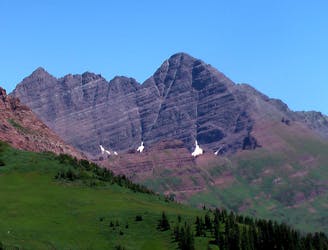
A long day of steep, sustained hiking and scrambling up one of Colorado's most iconic mountains.
Moderate Alpine Climbing

A long day of difficult hiking and rock scrambling to the top of Colorado's most photographed 14er.
Difficult Alpine Climbing
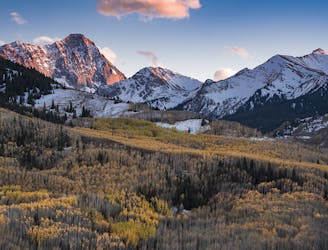
Capitol Peak is infamously one of Colorado's most difficult yet most rewarding 14ers.
Difficult Alpine Climbing
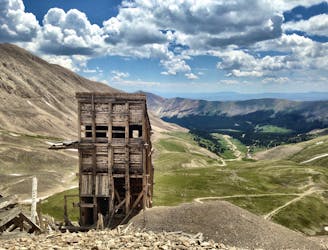
While not "easy," Sherman is renowned as one of Colorado's easiest and most accessible 14ers.
Severe Hiking

Despite being known as one of Colorado's easier 14ers, the climb up Bierstadt is still varied and rewarding.
Easy Alpine Climbing
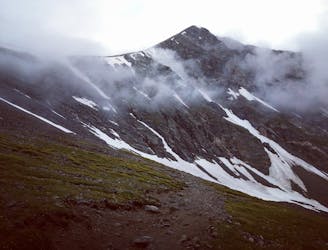
Summit two 14,000-foot peaks in one big hike.
Severe Hiking
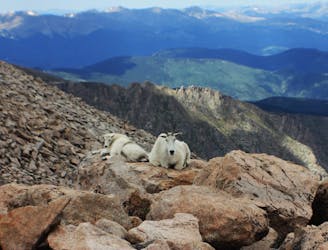
Take the trail instead of the road up one of Colorado's most accessible 14ers.
Severe Hiking
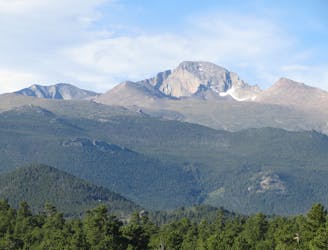
Standard route to the top of Longs Peak, the only 14er in Rocky Mountain National Park.
Moderate Alpine Climbing
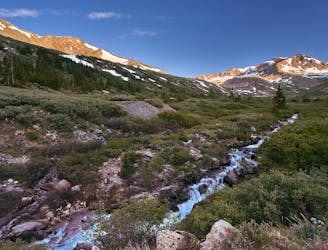
Climb four 14ers in one hike!
Severe Hiking
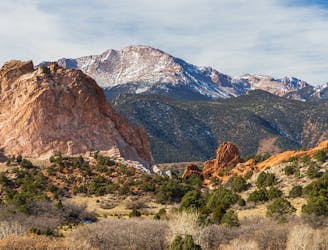
Climb America's Mountain on one of the longest 14er hikes in the state.
Severe Hiking
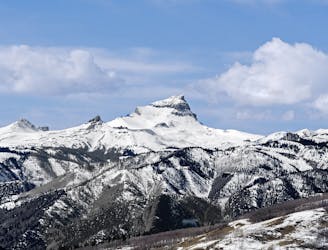
Climb the highest peak on the Western Slope!
Easy Alpine Climbing

A technical combo of two San Juan 14ers.
Moderate Alpine Climbing

Climb the peak pictured on every can of Coors beer!
Moderate Alpine Climbing
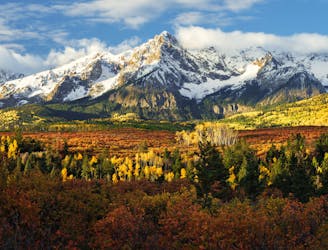
Climb the Queen of the San Juans, "Colorado's most beautiful mountain."
Easy Alpine Climbing
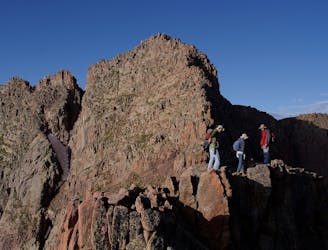
Climb two of Colorado's most remote 14ers, hidden deep in the Weminuche Wilderness.
Moderate Alpine Climbing
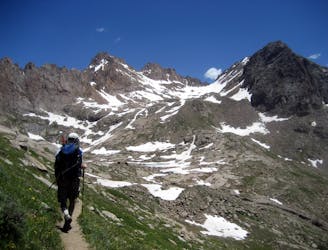
A two-peak combo deep in the Weminuche Wilderness featuring one of Colorado's most technical 14ers.
Difficult Alpine Climbing
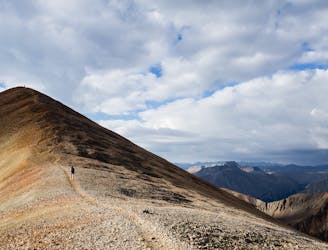
A relatively mellow climb up two beautiful 14ers deep in the San Juans.
Severe Hiking

A stunning pyramid-shaped rock formation towering over 14,000 feet!
Moderate Alpine Climbing
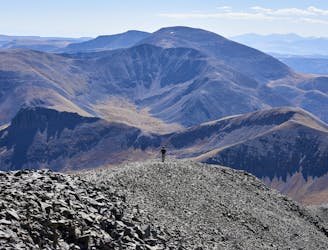
One of the most difficult Colorado 14er summits to reach.
Difficult Hiking
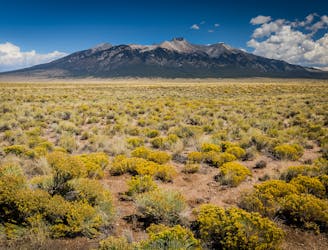
Tag two lofty summits on the Blanca Massif.
Moderate Alpine Climbing
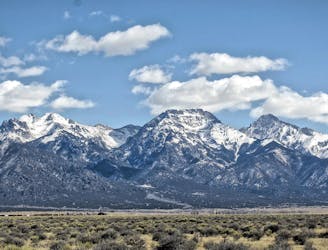
Climb one of the most beautiful and most challenging of Colorado's 14ers
Moderate Alpine Climbing
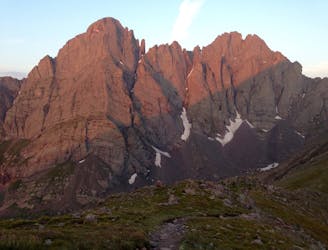
One of the most aesthetic and challenging Colorado 14ers.
Moderate Alpine Climbing

One of the least technical peaks in the Sangres.
Severe Hiking
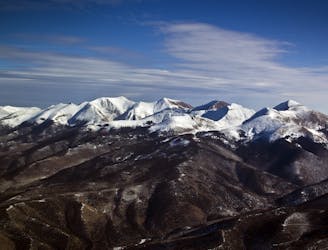
One of the few privately-owned 14er summits in Colorado
Severe Hiking

One of the four 14er summits in the Sierra Blanca Massif.
Moderate Alpine Climbing

One of the most technical and coveted 14er summits.
Difficult Alpine Climbing

10 routes · Alpine Climbing · Hiking
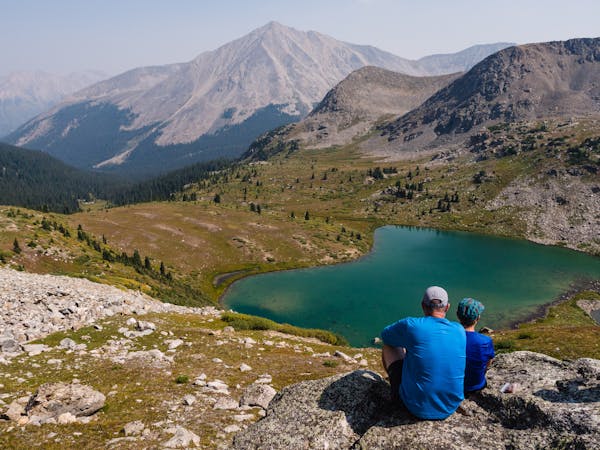
16 routes · Hiking
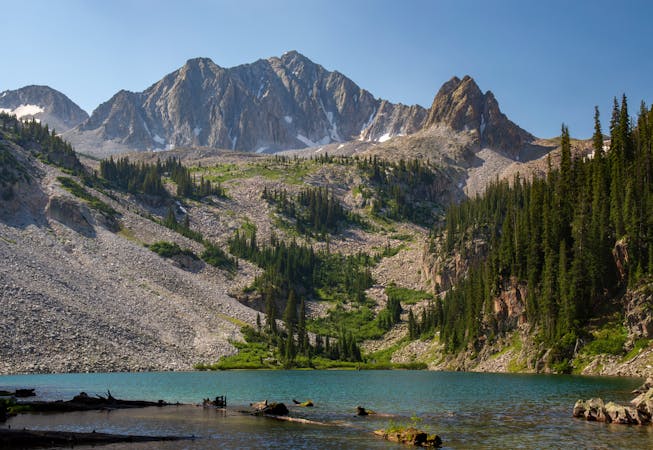
6 routes · Alpine Climbing · Hiking
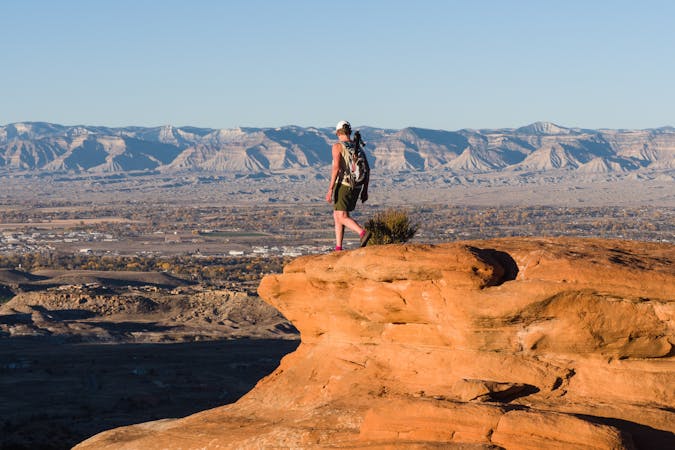
6 routes · Hiking

8 routes · Hiking

7 routes · Alpine Climbing · Hiking

11 routes · Alpine Climbing · Hiking
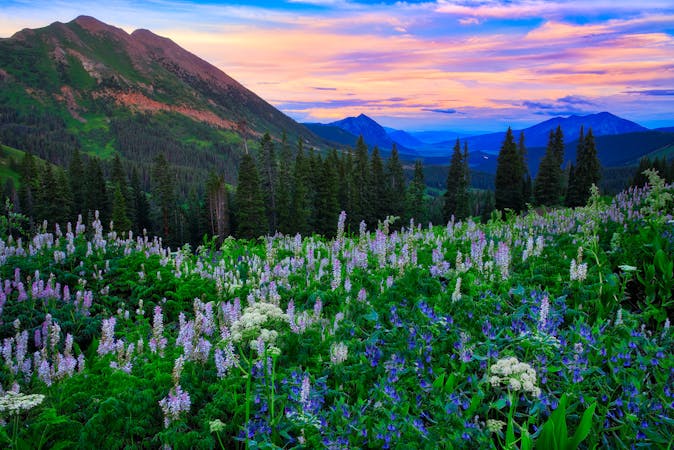
16 routes · Hiking
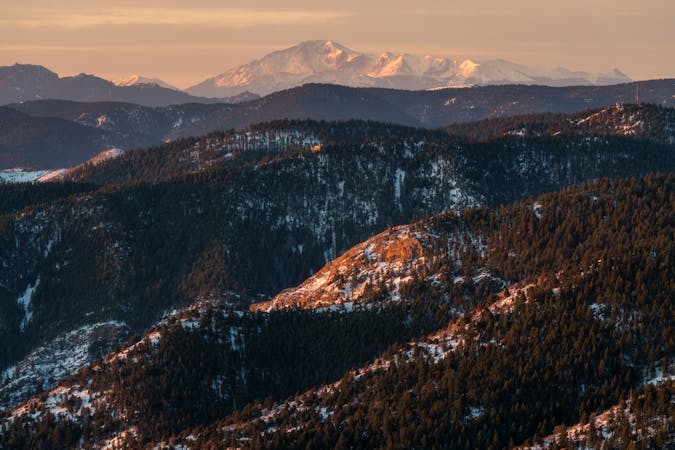
6 routes · Hiking
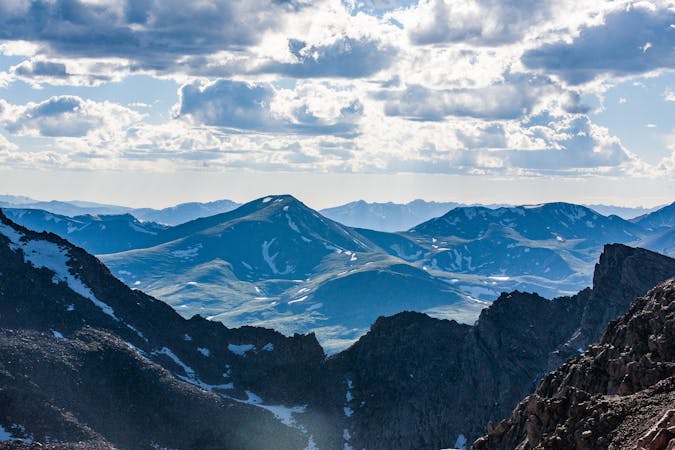
7 routes · Hiking